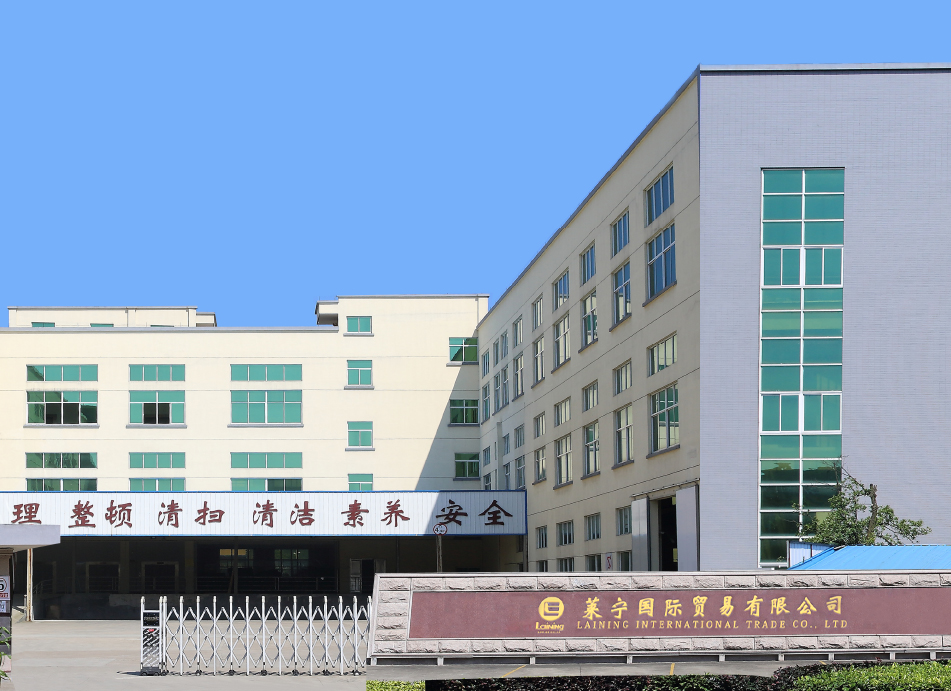Designing Collaborative Spaces for Learning and Meetings
Harnessing Productivity The Importance of Learning Chairs in Meeting Rooms
In today’s fast-paced business environment, the physical workspace plays a crucial role in fostering collaboration and productivity. One element that often goes overlooked in meeting room design is the choice of chairs. Learning chairs—designed not just for comfort but also for engagement—have become increasingly significant in reshaping how teams interact during meetings. This article explores the importance of learning chairs in meeting rooms and how they can transform the overall meeting experience.
Traditionally, meeting rooms were equipped with standard seating arrangements that prioritized uniformity over functionality. However, as organizations evolve, so too do the needs of their employees. Learning chairs are specifically designed to support active participation and promote dynamic discussions. They often feature ergonomic designs, adjustable elements, and materials that provide comfort during long sessions. This physical support is imperative; discomfort can lead to distraction, reducing the effectiveness of even the most critical meetings.
Harnessing Productivity The Importance of Learning Chairs in Meeting Rooms
In addition to comfort and mobility, learning chairs contribute to the overall aesthetic and atmospheric quality of a meeting room. With an increasing focus on design, organizations are recognizing that an aesthetically pleasing environment can enhance cognitive function and foster positivity. Learning chairs often come in a variety of colors and styles that can complement the branding and culture of the organization. A well-designed space not only motivates employees but also leaves a lasting impression on clients and partners.
laining chairs meeting room

Furthermore, the psychological aspect of seating plays a critical role in meetings. Learning chairs can be arranged in various configurations, such as circles or clusters, which encourage egalitarian discussions. In contrast to the traditional boardroom setup, which often creates a power dynamic, the right seating arrangement promotes inclusivity and equal participation. This shift in seating philosophy can lead to more democratic decision-making processes, empowering all voices to be heard.
Additionally, learning chairs can facilitate technology integration in meeting rooms. With the rise of hybrid meetings, where some participants are physically present while others join remotely, modern learning chairs often include features such as built-in charging ports and multimedia connections. This capability ensures that all participants can engage seamlessly, regardless of their location, thus enhancing collaboration in an increasingly digital environment.
Finally, the investment in learning chairs speaks volumes about an organization’s commitment to its workforce. By prioritizing employee well-being and engagement, companies are not only improving meeting outcomes but also promoting a culture of continuous learning and development. When employees feel valued and comfortable, their motivation and job satisfaction increase, which can translate to enhanced productivity and lower turnover rates.
In conclusion, the significance of learning chairs in meeting rooms cannot be overstated. They are more than just functional furniture; they are a pivotal aspect of a productive work culture. By prioritizing comfort, mobility, aesthetics, psychological dynamics, and technological integration, organizations can create an environment that fosters collaboration and innovation. As businesses continue to evolve, the need for spaces that enhance learning and engagement becomes ever more critical. Investing in learning chairs is a step towards building a more dynamic and effective workplace.
share:
-
Multi Colored Modular SofasNewsJul.07,2025
-
Enhance Seating Experience with Chair AccessoriesNewsJul.07,2025
-
Enhance Four Legged Chairs with WheelsNewsJul.07,2025
-
Elevate Your Workspace with Luxurious Boss ChairsNewsJul.07,2025
-
Discover Comfort of Compression SofaNewsJul.07,2025
-
Training Chairs Aim To Provide A Fully Functional And Flexible Workspace For Various Training, Educational, Or Collaborative ActivitiesNewsJun.06,2025
-
The Big Boss Office Chair Aims To Provide Comfort And Support For Individuals In Management Or Leadership PositionsNewsJun.06,2025









